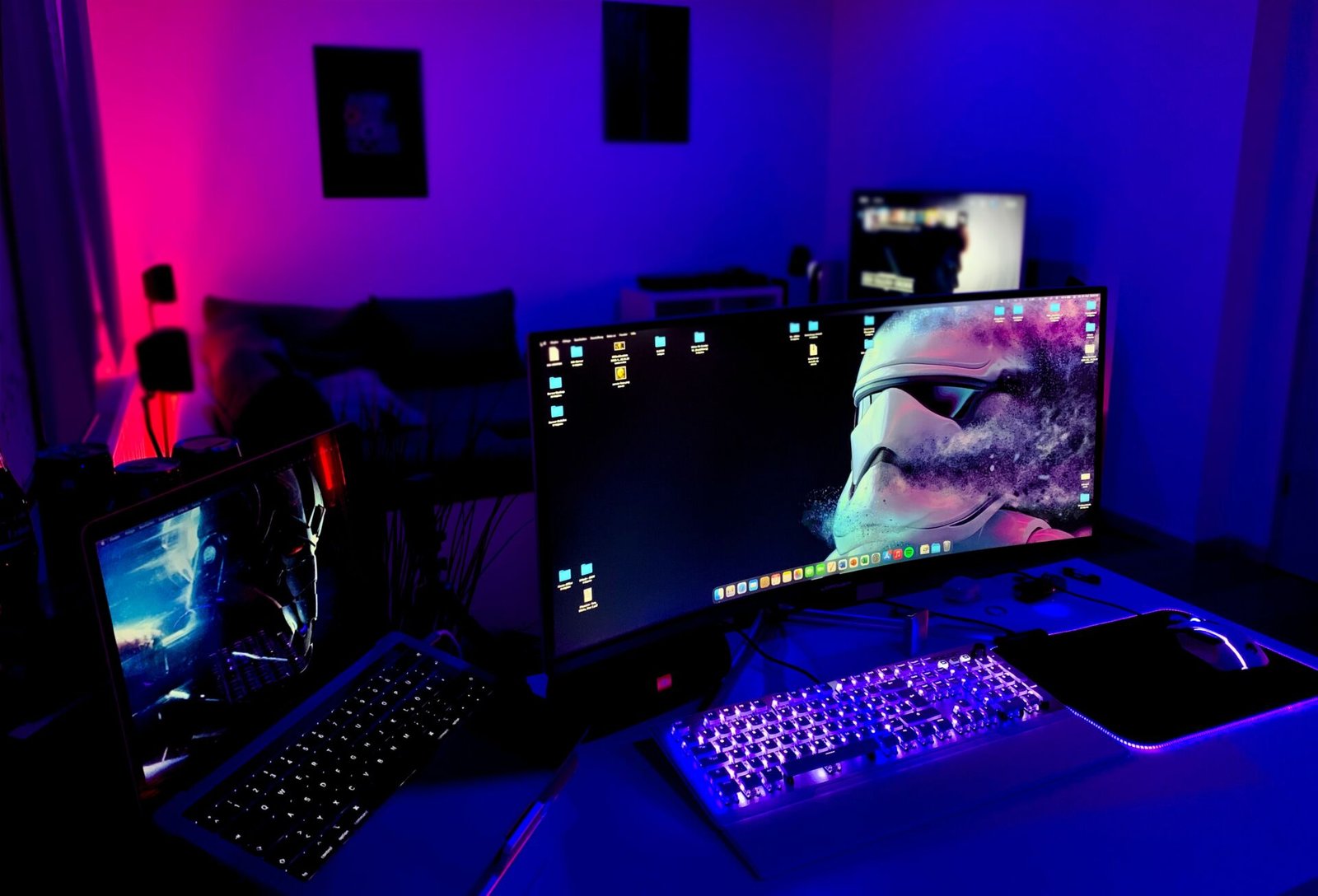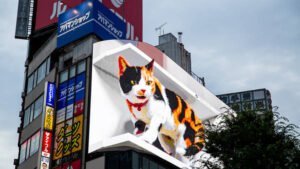فهم تقنيات شاشات الكريستال السائل ومصابيح LED: مقارنة
What is LCD?
شاشات الكريستال السائل, أو "شاشة الكريستال السائل".,” is a flat-panel display technology widely used in computer monitors, instrument panels, cell phones, video cameras, televisions, laptops, tablets, and calculators. LCDs support high-resolution image quality and have largely replaced the older cathode-ray tube (CRT) technology. However, with the advent of newer technologies like light-emitting diodes (LEDs), LCDs are also gradually being phased out.
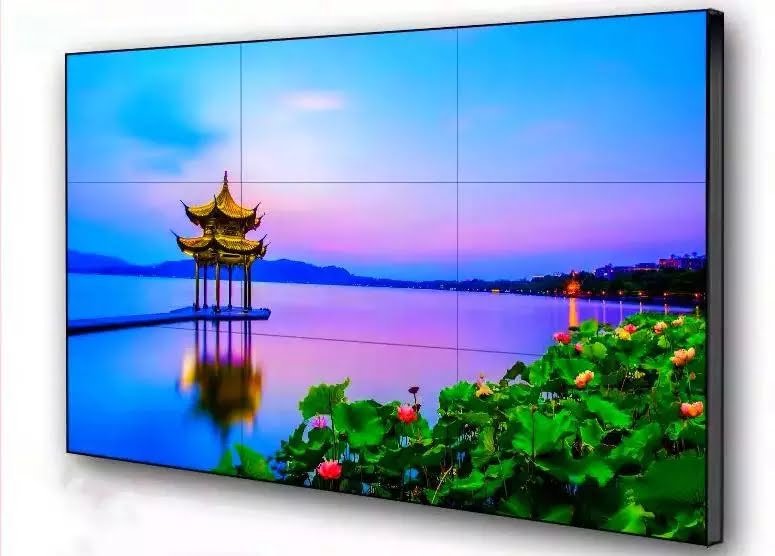
History and Development
LCDs were invented by RCA Laboratories in Princeton, New Jersey, في 1964. The twisted-nematic (TN) method of operation, discovered in 1970, allowed LCDs to be used in mainstream applications. Initially, LCDs were used for small screens in portable items like watches and calculators. Sharp Corporation introduced a 14-inch active-matrix full-color, full-motion LCD screen using a thin-film-transistor (TFT) array in 1988. This led to the growth of the LCD business, especially in Japan, with companies like Hitachi.
Working Mechanism
LCDs use an active or passive matrix to control their display grid. Active-matrix LCDs, often referred to as thin-film transistor (TFT) displays, have a transistor at each pixel intersection, enabling lower current use and higher refresh rates. Passive-matrix LCDs use a matrix of conductors with pixels at each junction, where a current regulates the light for each pixel.
What is LED?
An LED display uses an array of light-emitting diodes as pixels. These displays are bright enough for outdoor use, such as in store signage and billboards, and modern computer displays combine LCD and LED technologies to ensure visibility regardless of ambient lighting conditions.
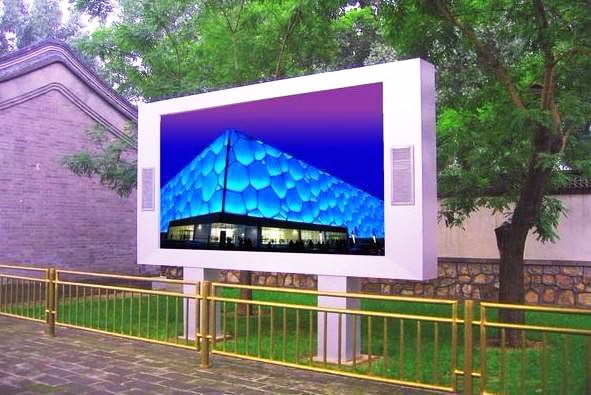
History and Development
The first LED was invented by Russian inventor Oleg Losev in 1927. For many years, LEDs were limited to infrared, red, and yellow colors and used in gadgets like remote controls and alarm clocks. In 1994, Japanese physicist Shuji Nakamura developed a practical blue LED, which, along with green and white LEDs, paved the way for the widespread application of LED technology in lighting and displays.
Working Mechanism
LEDs produce light when current passes through them. Electrons in the semiconductor material within an LED recombine with electron holes, emitting energy as photons. This principle allows LEDs to produce bright, colorful displays. By adjusting the intensity of red, green, and blue LEDs arranged in a specific pattern, LED displays can create billions of colors and produce high-quality images.
LCD vs. قاد: 12 Key Comparisons
- Working Mechanism
- شاشات الكريستال السائل: Uses liquid crystals to block or allow light to pass through, creating images. The crystals act like window blinds, allowing light from a backlight to pass through when positioned correctly.
- قاد: Uses semiconductor diodes to produce light through electroluminescence, creating images by adjusting the intensity of light emitted by the diodes.
- Backlighting
- شاشات الكريستال السائل: Uses fluorescent lighting, traditionally cold cathode fluorescent lamps (CCFLs), though modern LCDs may use LEDs or electroluminescent panels (ELPs).
- قاد: Produces its own light, eliminating the need for a separate backlight, which improves energy efficiency.
- Type and Positioning of Lighting
- شاشات الكريستال السائل: Requires a light source behind or at the edge of the screen.
- قاد: Can emit light from behind (direct-lit) or the edges (edge-lit), with direct-lit LEDs being more energy-efficient.
- Image Quality at Different Viewing Angles
- شاشات الكريستال السائل: Generally has a narrower viewing angle, affecting image quality when viewed from an angle.
- قاد: Offers a wider viewing angle, up to 178 degrees, providing better image quality from different perspectives.
- Application in Video Walls
- شاشات الكريستال السائل: Used in tiled panels for high-resolution video walls with vibrant colors but narrower viewing angles.
- قاد: Preferred for outdoor spaces due to their brightness and wide viewing angles. LED tiles have no bezels, providing uniformity.
- Gaming Applications
- شاشات الكريستال السائل: Offers good performance but lags behind LEDs in response time, refresh rates, and image quality.
- قاد: Provides better performance with higher refresh rates, color accuracy, and lower response times, making them ideal for gaming.
- Picture Quality
- شاشات الكريستال السائل: Produces good-quality images but can suffer from reduced quality at vertical angles.
- قاد: Generally offers higher image quality with better brightness, contrast, and color accuracy.
- Energy Efficiency
- شاشات الكريستال السائل: Older models with CCFL backlighting consume more energy, while modern LCDs with LED backlighting are more efficient.
- قاد: More energy-efficient overall, using less power to produce the same amount of light.
- Environmental Friendliness
- شاشات الكريستال السائل: Consumes less power than older CRT models but contains trace amounts of mercury, which is harmful to the environment.
- قاد: More environmentally friendly due to lower power consumption, longer lifespan, and absence of harmful substances like mercury.
- Shelf Life
- شاشات الكريستال السائل: Has an average lifespan of 50,000 ساعات.
- قاد: Can last up to 100,000 hours but may degrade faster when exposed to high temperatures and humidity.
- Price Point and Affordability
- شاشات الكريستال السائل: Generally more affordable due to longer market presence and lower production costs.
- قاد: More expensive due to advanced technologies and better performance, especially in gaming and high-resolution displays.
- Size and Shape
- شاشات الكريستال السائل: Available in standard shapes and sizes, with thicker monitors due to CCFL backlighting.
- قاد: Offers a wider range of shapes and sizes, including creative options like curved, flexible, and foldable displays. Edge-lit LEDs are thinner than back-lit ones.
In summary, while both LCD and LED technologies have their advantages and specific applications, LED displays tend to offer better overall performance, energy efficiency, and environmental benefits. However, LCDs remain a cost-effective option for many users.
